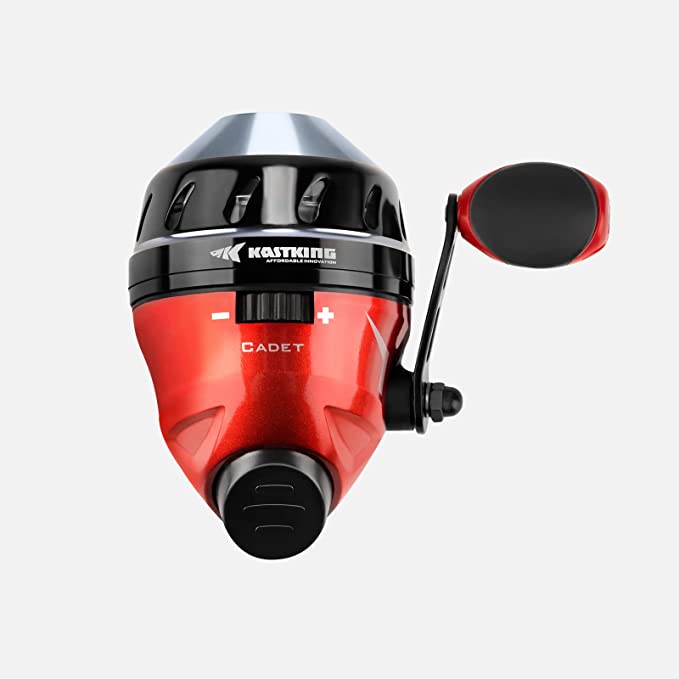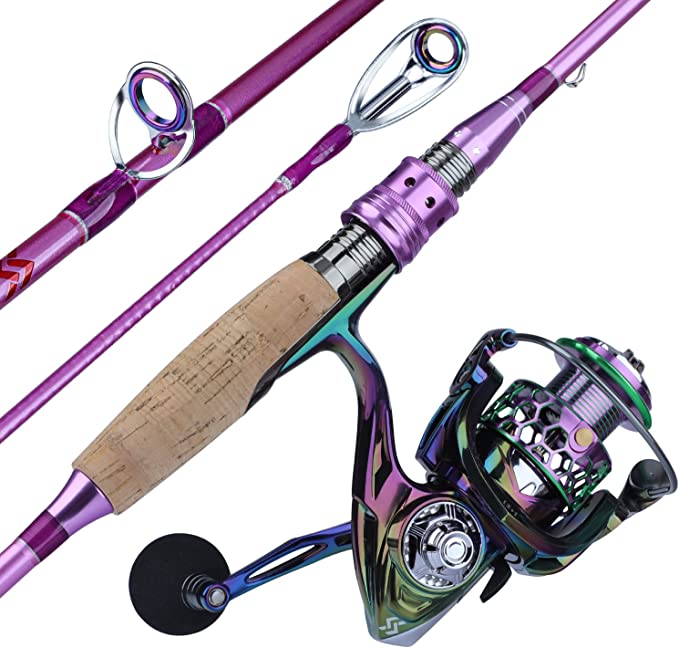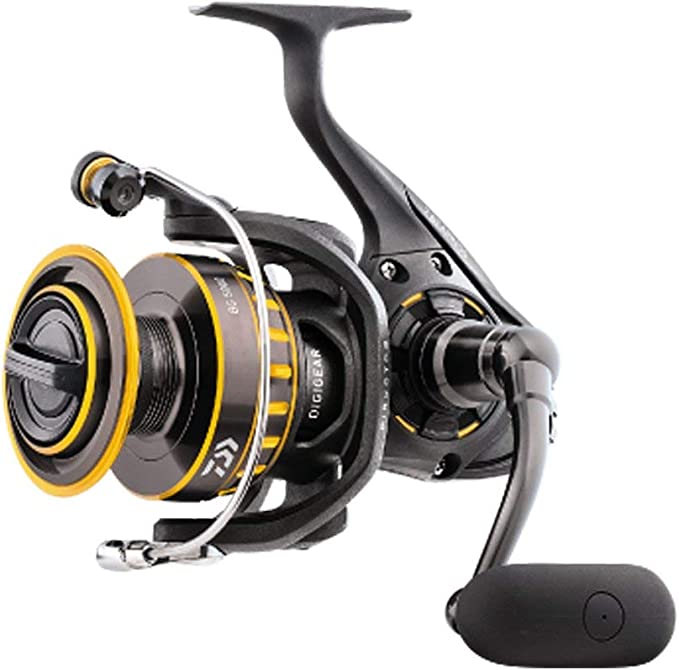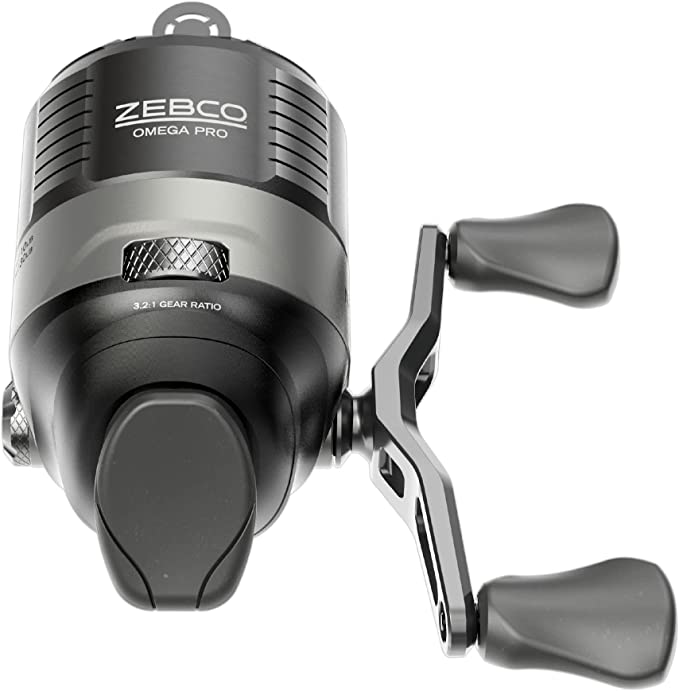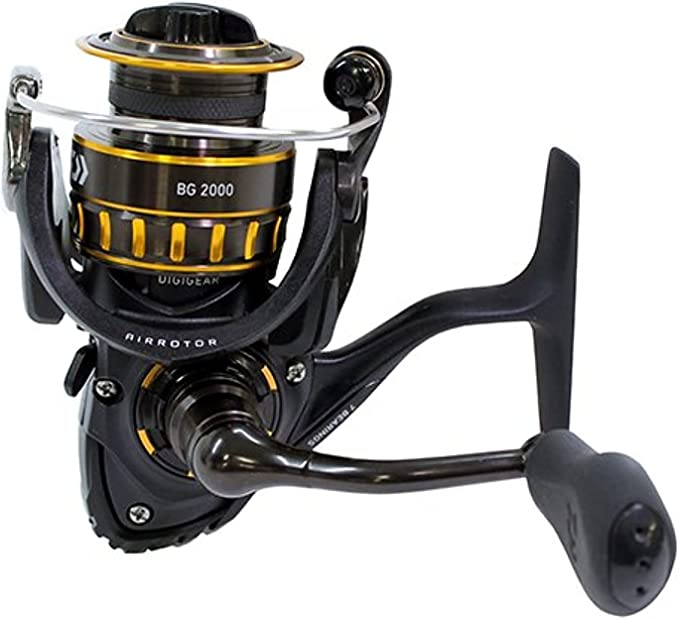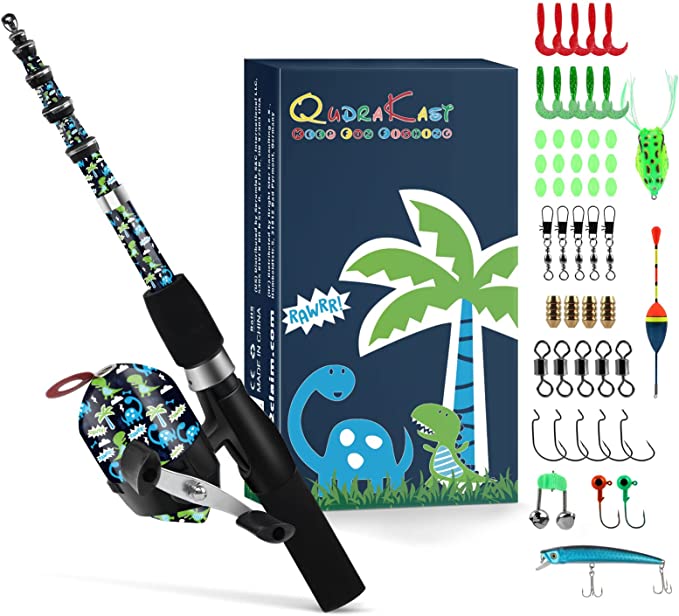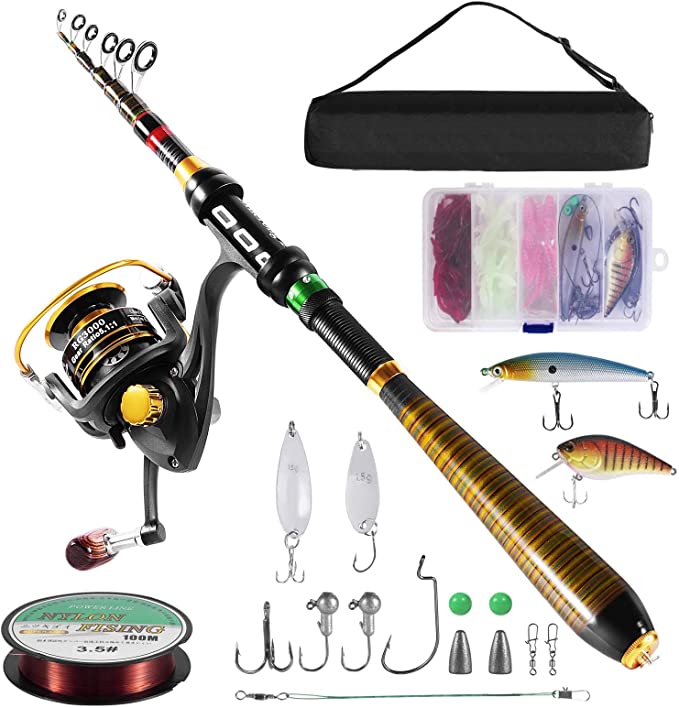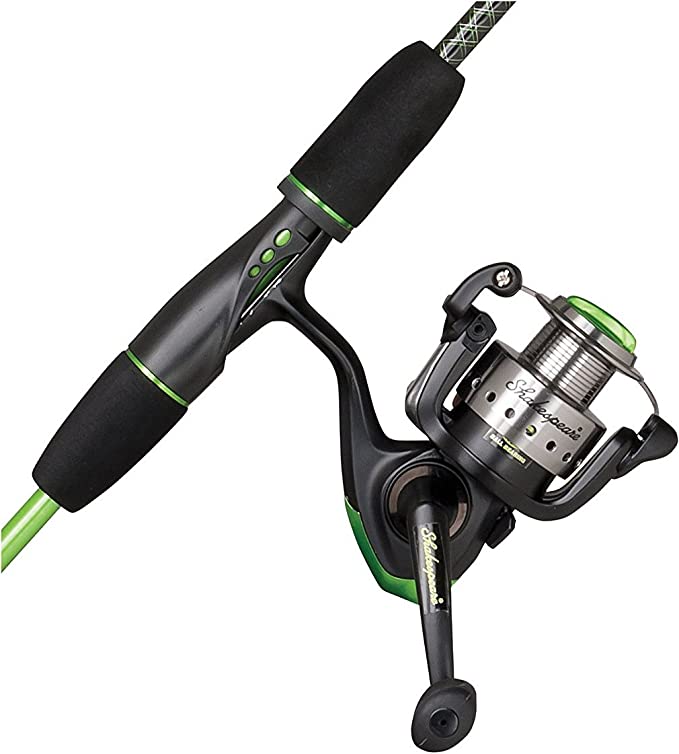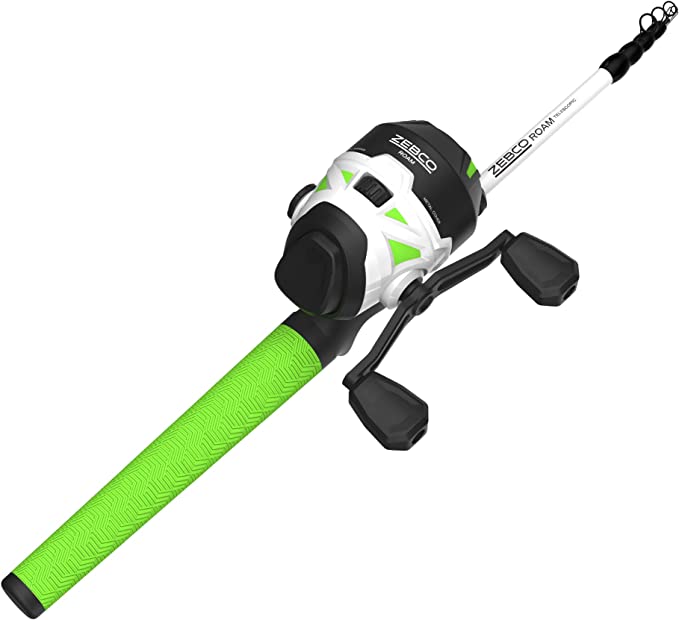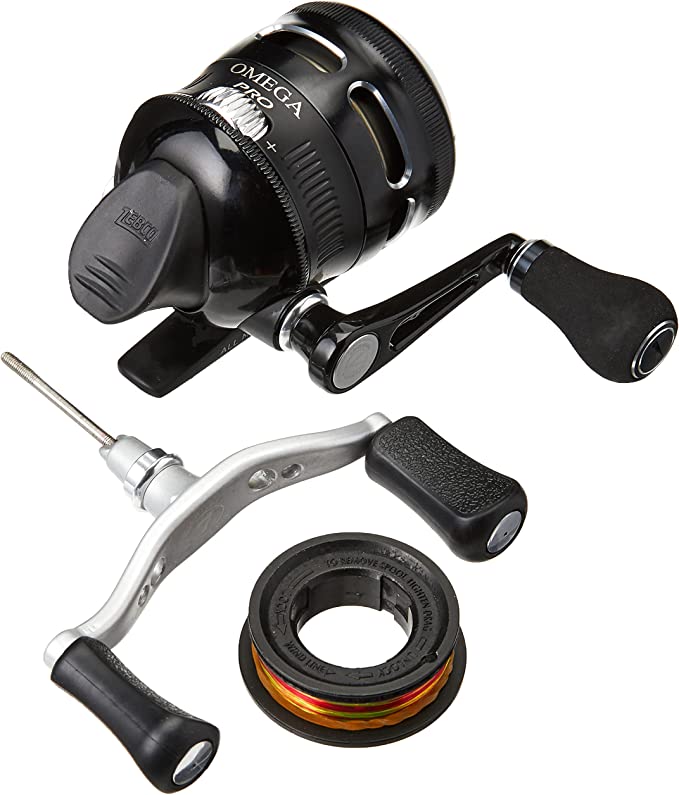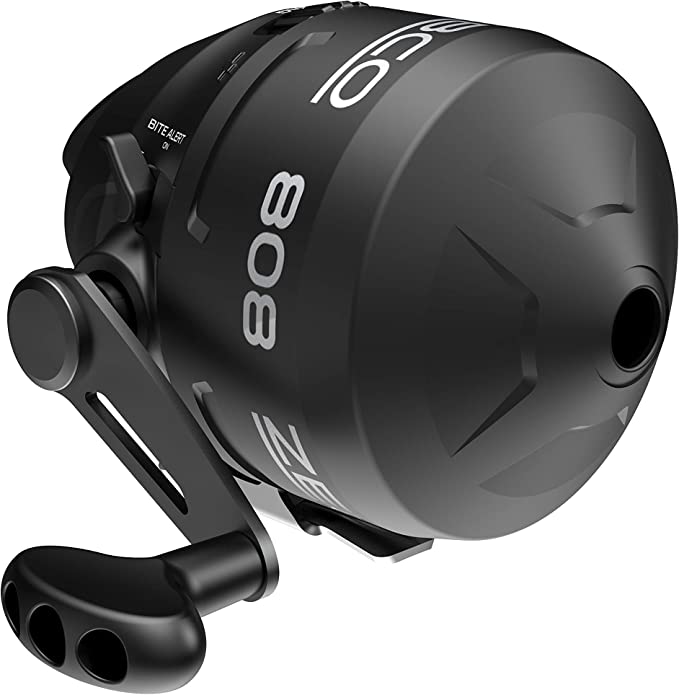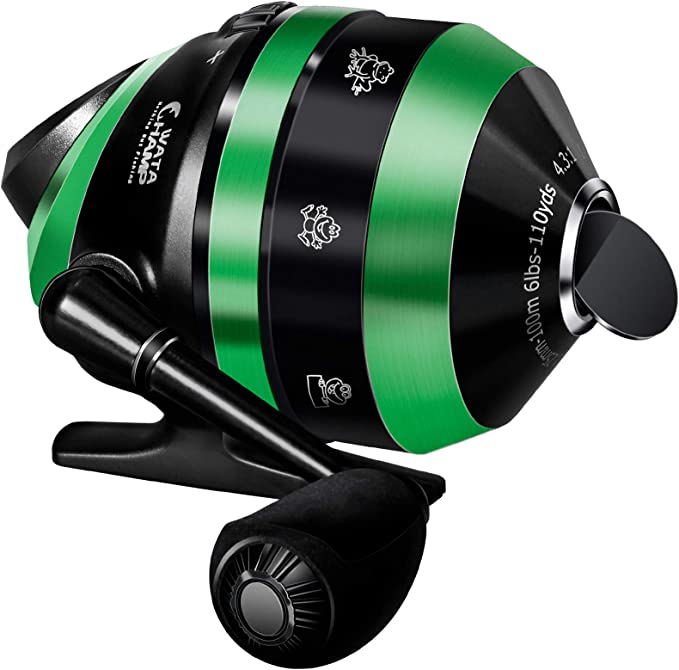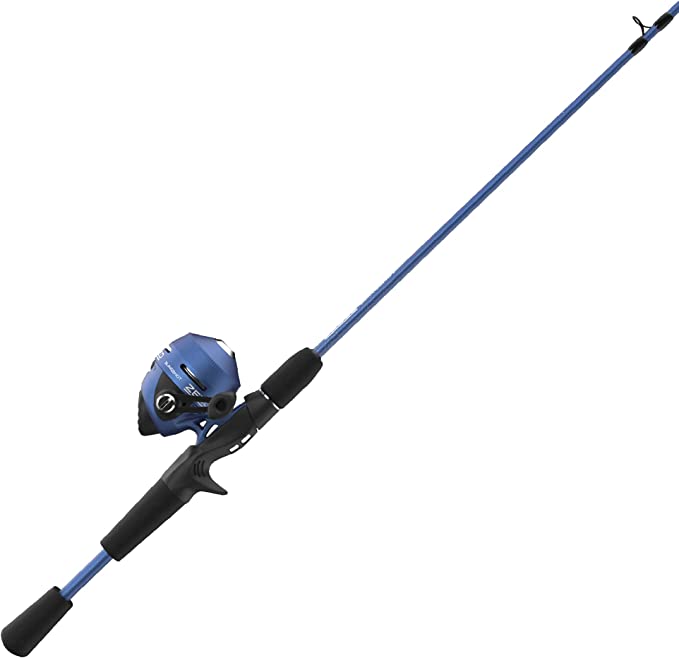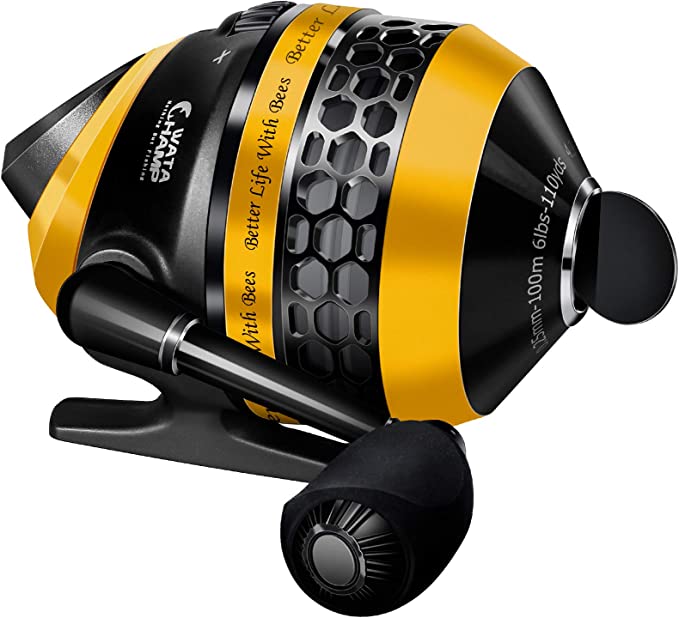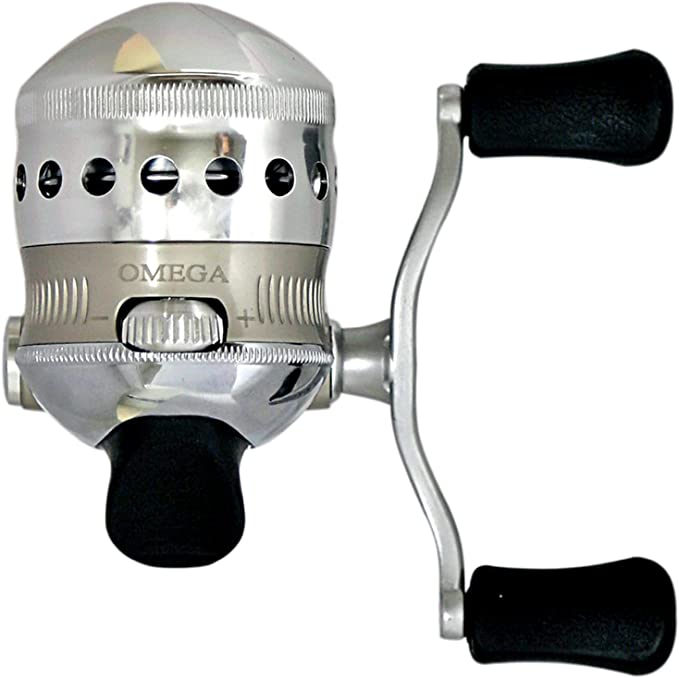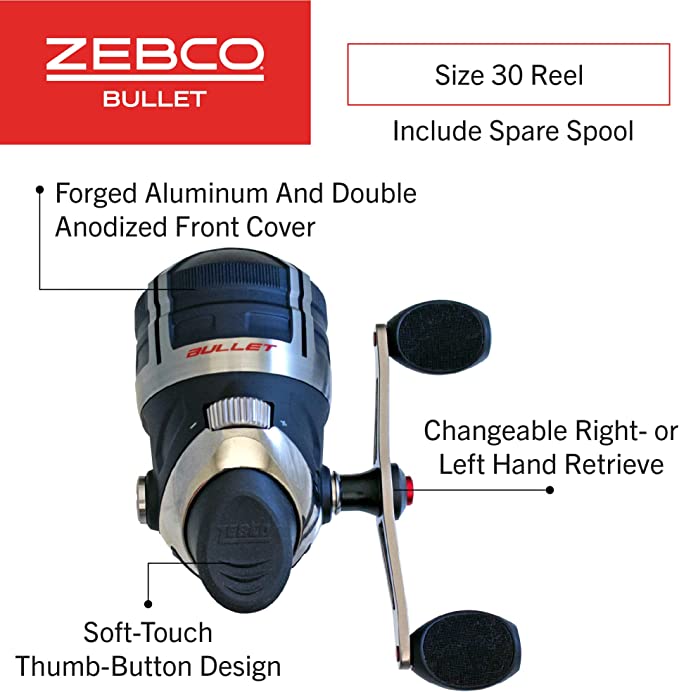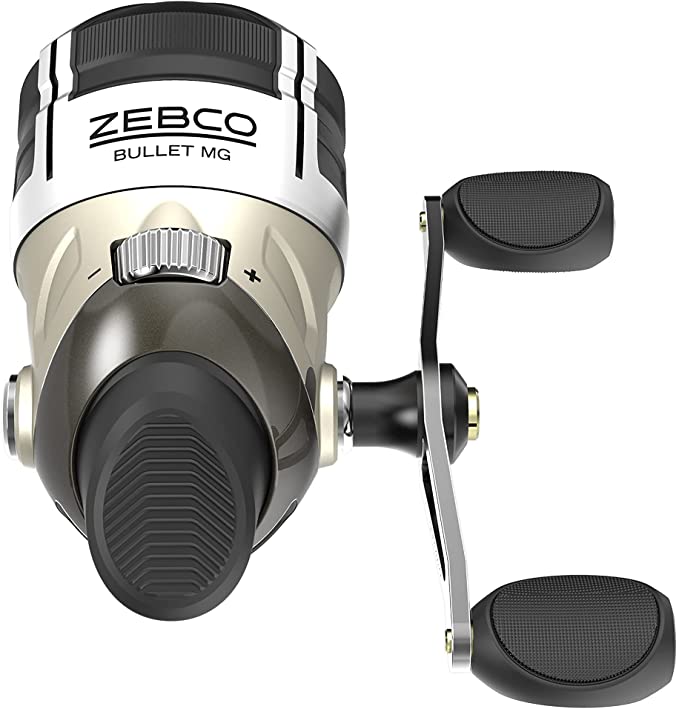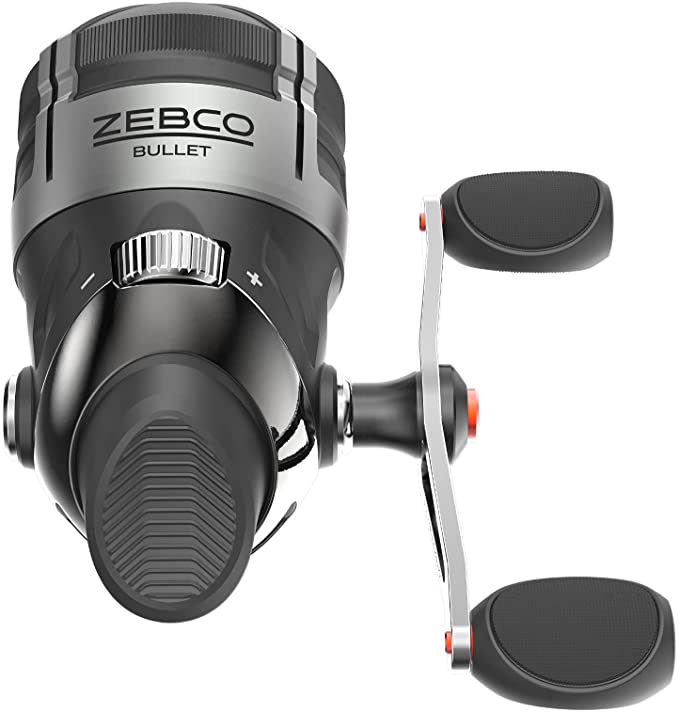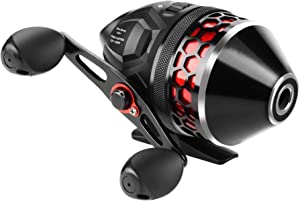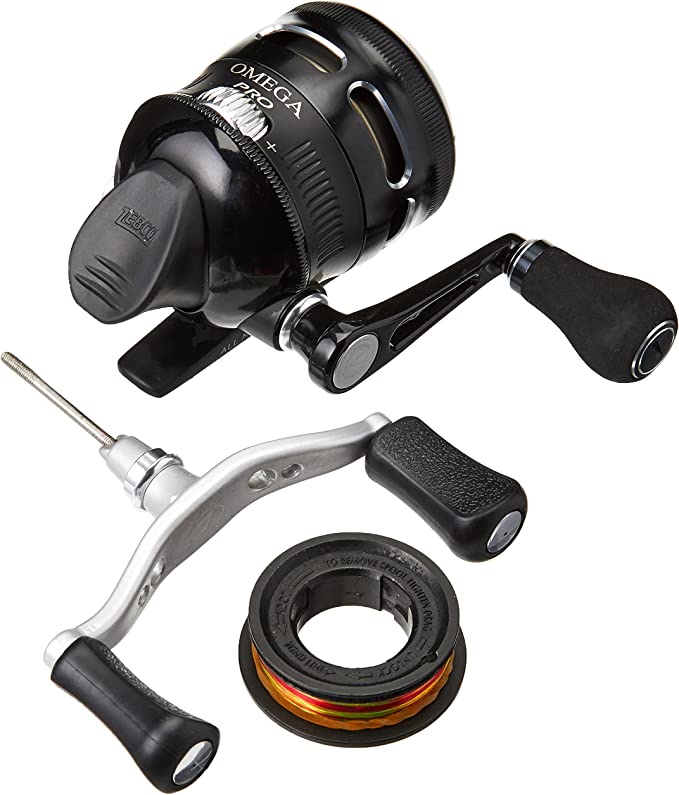Lew's American Hero Spincast Reel: The Science of Simplicity and Service
Update on Aug. 1, 2025, 11:35 a.m.
There’s a universal moment in the life of almost every angler: the first cast. It’s a clumsy, hopeful fling of line and lure toward an unseen world beneath the water’s surface. For many, that inaugural act wasn’t performed with a complex baitcaster or a delicate fly rod, but with the humble, reassuring click of a spincast reel. The Lew’s American Hero AHBC2C Metal Spincast Reel is a modern heir to that tradition, a tool engineered not just to create those memories, but to honor them. It’s a piece of equipment that reminds us that sometimes, the most profound experiences are born from the simplest mechanics.
The Heart of the Machine: A Deeper Purpose
Before examining the gears and guards of this reel, it’s essential to understand its soul. Since 1949, the Lew’s brand has been driven by a philosophy of making fishing gear “Lighter, Faster, Stronger.” But with the American Hero series, that mission expanded. This isn’t merely branding; it’s a functional commitment. A portion of the profits from every American Hero reel sold is pledged to organized programs that support the well-being of American veterans.
This connects the simple act of fishing to a powerful social good. There is a growing body of evidence within the field of therapeutic recreation that shows activities like fishing can have significant positive effects on veterans’ mental health, offering a peaceful way to reconnect with civilian life. Therefore, the AHBC2C transcends its function as a fishing tool. It becomes a small, tangible link in a chain of support, transforming a day on the lake into an act of quiet gratitude.
The Science of a Simple Sentinel: Deconstructing the AHBC2C
While its operation is straightforward, the design of the Lew’s American Hero reel is a case study in purposeful engineering. Each key feature is a solution rooted in the principles of physics, chemistry, and mechanical design, all aimed at creating a forgiving and reliable experience for the user.
Gearing for Grace: The Physics of the 3.4:1 Ratio
The specification “3.4:1 gear ratio” is the reel’s mechanical heartbeat. It dictates that for every complete turn of the handle, the spool inside rotates 3.4 times to retrieve the line. In the world of high-speed reels, this number seems modest. However, its brilliance lies in a fundamental principle of physics: the inverse relationship between speed and torque.
Think of it as the gearing on a bicycle. A low gear doesn’t let you go fast, but it allows you to pedal up a steep hill with much less effort. Similarly, this low gear ratio grants the angler a significant mechanical advantage. It translates the motion of the hand into powerful, deliberate line retrieval. For a beginner learning to feel the subtle tug of a fish, or for a child battling their first feisty bluegill, this increased torque means more control and less struggle. It prioritizes the feeling of the fight over raw speed, which is precisely what a new angler needs.
Crystalline Armor: The Chemistry of a Double-Anodized Cone
The reel’s most prominent feature, the front cone, serves as a sentinel, guarding the delicate internal mechanisms. Its “double-anodized aluminum” construction is a testament to applied chemistry. Anodization is an electrochemical process where the aluminum part is submerged in an acid bath and an electric current is passed through it. This forces the surface of the aluminum to oxidize in a highly controlled, uniform way.
The result is not a coating on the metal, but an integral layer of the metal that has been converted into aluminum oxide. This new surface is exceptionally hard—on the Mohs scale, aluminum oxide (corundum) scores a 9, just under diamond. This process effectively grows a layer of crystalline, gem-like armor on the reel’s surface, making it remarkably resistant to scratches, dings, and—most importantly—corrosion. The “double” anodization suggests an even thicker or more refined protective layer, ensuring the reel can withstand the inevitable bumps and scrapes of a family fishing trip.
The Quiet Contract: The Engineering of the Dual-Pin Pickup
Beneath that armored cone lies a simple, elegant piece of engineering: the dual-pin line pickup system. After a cast, when the handle is turned, two small metal pins must emerge to catch the line and begin winding it onto the spool. In older or simpler designs, a single pin performed this task.
The use of two pins is a classic example of applying redundancy to improve reliability. With two points of contact, the system has a much higher probability of securely engaging the line on the first try, even if the line has some slack. It’s a quiet contract between the angler and the machine, ensuring that the critical transition from casting to retrieving happens smoothly and without failure. It’s a small detail that prevents a world of frustration and keeps the focus on the fun of fishing.
Where Science Meets Water: The Angler’s Experience
When these scientific principles converge, they create an experience of seamless simplicity. The high-torque gearing makes fighting a fish feel intuitive, not frantic. The robust, anodized cone provides peace of mind, allowing the reel to be a rugged tool, not a fragile instrument. The reliable dual-pin system ensures that the mechanics fade into the background, letting the angler focus on the water.
This is why the Lew’s American Hero Spincast Reel is more than the sum of its parts. It is a carefully considered package, pre-spooled with line and ready for the moments that matter. It’s a tool designed not to challenge the user, but to empower them, making the joy of a tight line accessible to everyone, regardless of age or experience.
In the end, this reel is a quiet paradox. It is a simple machine, yet it is built on sophisticated principles. It is an affordable piece of gear, yet it contributes to a priceless cause. It is a mass-produced item, yet its purpose is to help create unique, personal memories that can last a lifetime. The Lew’s American Hero AHBC2C is a reminder that great design isn’t always about complexity; sometimes, it’s about making things simply, and making them with heart.
